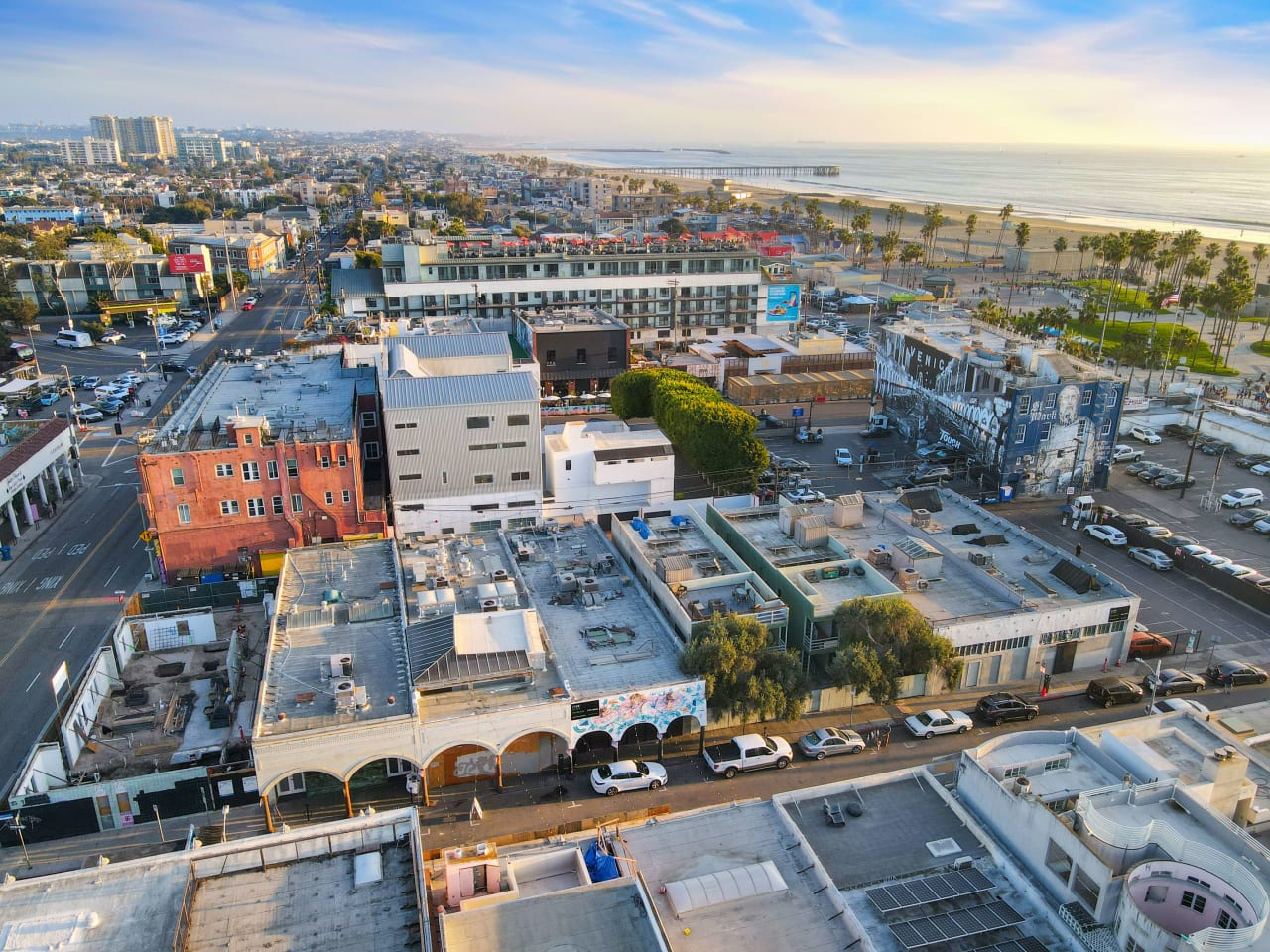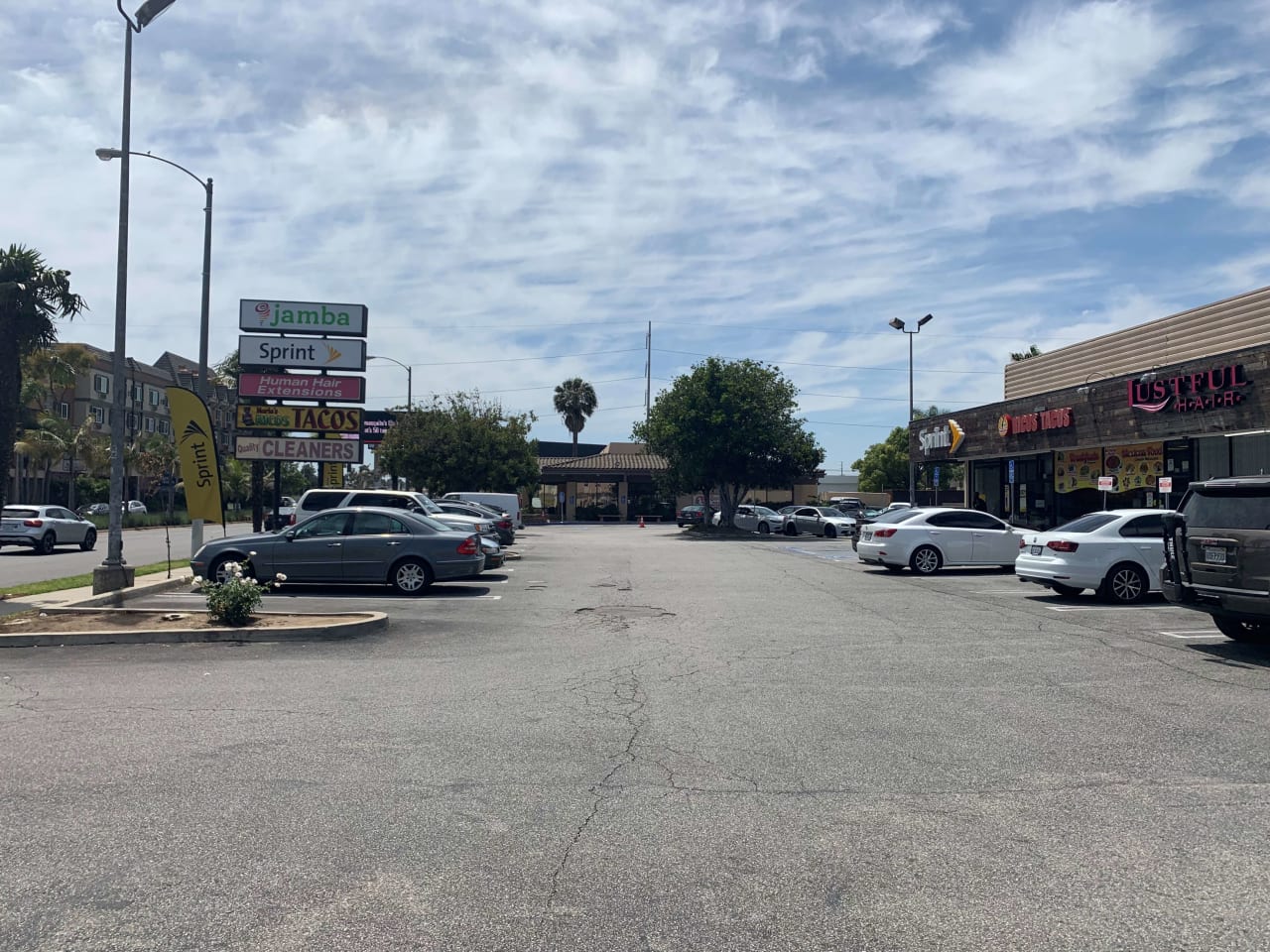
Data Courtesy of CoStar™


The Los Angeles retail market continues to grapple with negative demand in response to six consecutive years of population losses and a slow recovery in tourism. Most recently, absorption, which slightly recovered in 2022, has declined by 330,000 SF over the past 12 months, similar to the annual pace from 2018 to 2021. At the same time, rising interest rates are weighing on business formation. Leasing volume from new leases was approximately 10% lower in 2023 compared to 2022.
While demand on the whole has been negative, shifts in post-pandemic shopping behavior have benefitted neighborhood centers. Availabilities in neighborhood centers, which have benefitted from strong demand from a diverse array of tenants including grocers, are declining. Consumer foot traffic has shown a clear preference for convenient centers with easy access and multiple shopping methods. Fitness companies, such as Planet Fitness and Gold's Gym, and boutique gyms, have been actively leasing space in neighborhood centers this year. This trend has benefited demand for retail in suburban submarkets, such as Mid-Cities, Antelope Valley, and those in the San Gabriel Valley, where neighborhood centers make up a larger proportion of the retail inventory.
Conversely, availabilities are growing in malls and power centers. Submarkets in the West, where tech and financial firms are clustered, are experiencing softer demand as workers are spending fewer days near their offices. Overnight travelers also help drive demand to these submarkets, such as the Downtown L.A. and Santa Monica Submarkets. However, tourism remains below pre-pandemic levels due to a slower recovery from international and business travel.
12 Mo Deliveries in SF
12 Mo Net Absorption in SF
Vacancy Rate
12 Mo Rent Growth
12 Mo Sale Volume

The challenges in attracting tenants have caused rent growth to flatten. Rents grew by 1.3% over the past year and have underperformed the national index since late 2019. In contrast, markets around the nation with stronger population growth are experiencing stronger rent growth.
Overall construction levels have been low for over a decade. Recent completions comprise auto dealerships and small retail pads and net deliveries total 750,000 SF over the past 12 months, growing existing inventory by less than 0.1%. Several large projects are underway, including the 400,000 SF Carson Outlets and 375,000 SF redevelopment of West Harbor in San Pedro's Ports O' Call Village, neither of which are scheduled to complete until 2025.
While Los Angeles is generally a very liquid market, a wider bid-ask spread, and falling valuations due to rising interest rates are impacting the market. Institutional capital drastically slowed in the past 12 months, whereas properties valued under $5 million have continued to trade at near 2022 levels. Transaction activity was inflated in 23Q1 because many investors moved to get ahead of the ULA transfer tax.
You’ve got questions and we can’t wait to answer them.